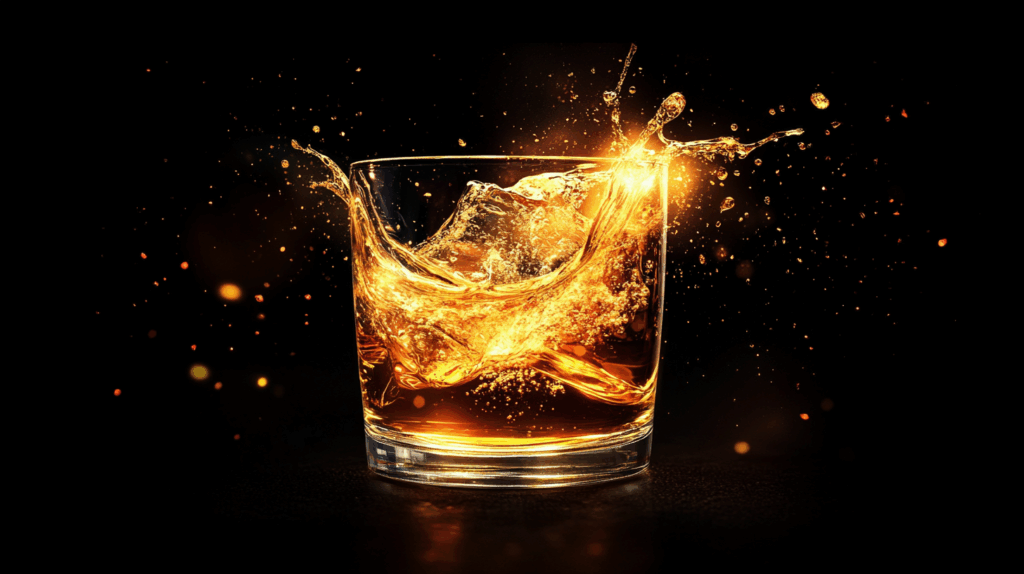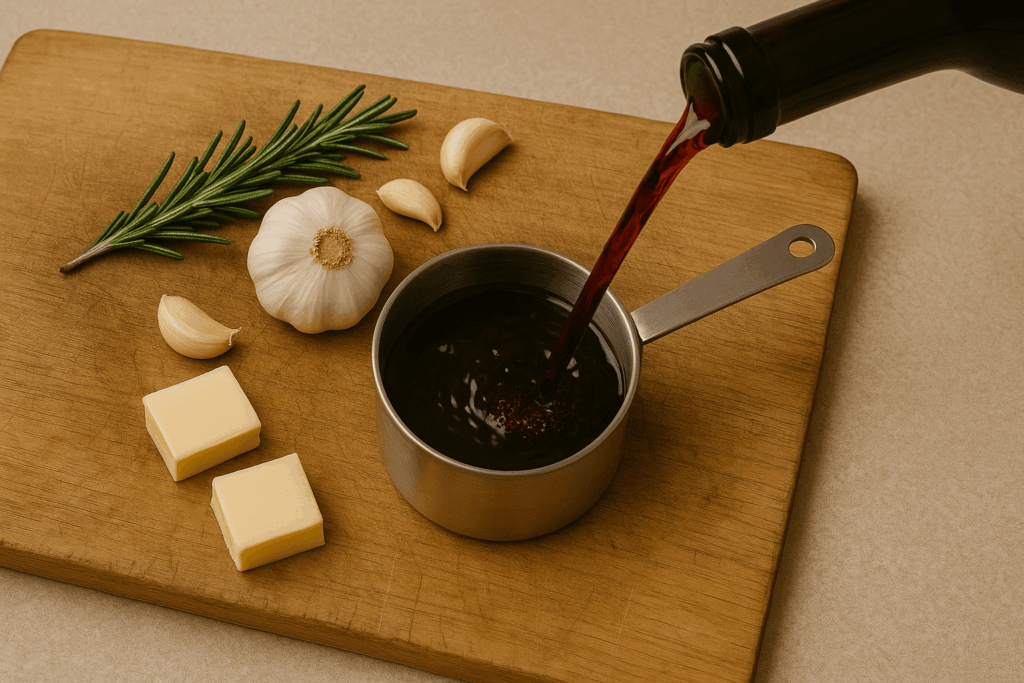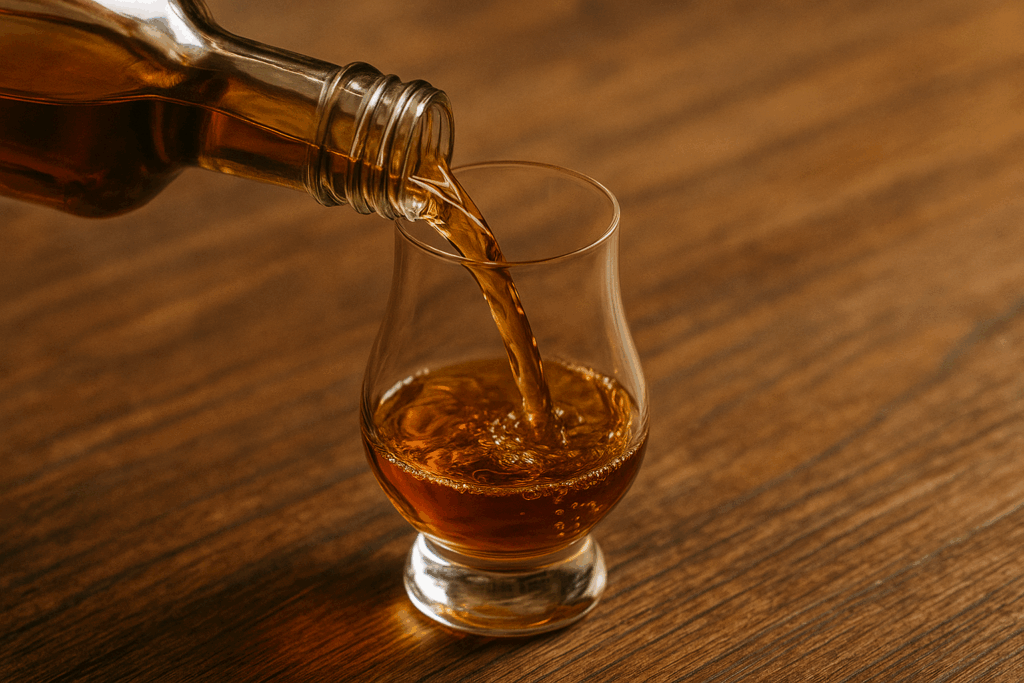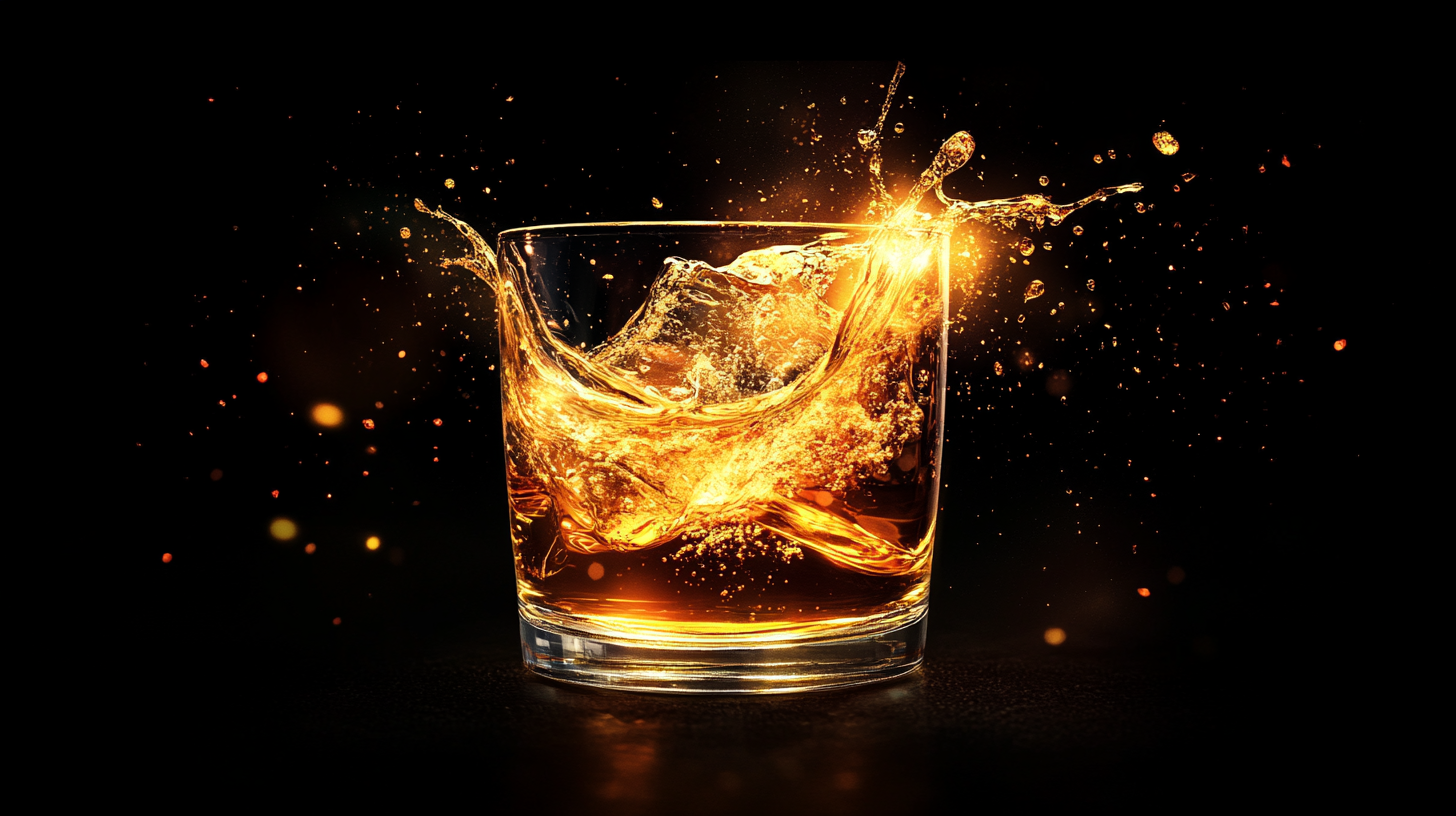
Whiskey is one of the world’s most beloved spirits, rich with history, variety, and complexity. But if you’ve ever wondered what whiskey actually tastes like, the answer can be as nuanced as the drink itself. From sweet bourbon to smoky Scotch, the flavor profiles differ dramatically based on country of origin, ingredients, and aging process.
This guide will walk you through the distinct tastes of the major whiskey types and help you understand what gives each its signature character. Whether you’re new to whiskey or refining your palate, it’s helpful to start with a broad overview. Here’s a quick comparison of some of the most popular styles:
| Whiskey Type | Flavor Summary | Best For | Common Uses |
|---|---|---|---|
| Bourbon | Sweet, rich, vanilla & oak | Beginners, fans of sweetness | Sipping, cocktails |
| Single Malt Scotch | Smoky, peaty, complex | Peat lovers, seasoned drinkers | Sipping neat |
| Blended Scotch | Balanced, smooth, mild smoke | Casual drinkers | Mixing or casual sipping |
| Irish Whiskey | Light, floral, honeyed | Whiskey newcomers | Neat, Irish Coffee |
| Rye Whiskey | Spicy, dry, bold | Cocktail lovers, spice seekers | Manhattans, sipping |
| Canadian Whisky | Soft, smooth, subtly spiced | Easy-going drinkers | Highballs, mixed drinks |
| Japanese Whisky | Elegant, subtle, layered | Fans of delicate flavors | Neat or with water |
This snapshot gives you a sense of what each type brings to the table, ideal for deciding where to begin or what to explore next.
How different types of whiskey taste

The chart above gives a useful snapshot, but to truly appreciate each style, it helps to understand how ingredients, distillation, and aging come together to shape flavor. Below, we explore the unique tasting profiles of the most popular types of whiskey in more detail.
Bourbon
- Taste profile: Sweet, warm, and full-bodied
- Common flavors: Vanilla, caramel, brown sugar, oak, cinnamon
- What makes it unique: Bourbon is made primarily from corn (at least 51%), which contributes to its signature sweetness. Aging in new, charred American oak barrels gives it those rich caramel and vanilla notes, along with hints of baking spice and smoke. It’s a great entry point for those new to whiskey.
Single malt Scotch
- Taste profile: Complex, often smoky or earthy
- Common flavors: Peat smoke, malt, dried fruit, brine, heather
- What makes it unique: Made from 100% malted barley at a single distillery in Scotland, single malt Scotch offers a wide range of flavor depending on its region. Islay whiskies are famously peaty and medicinal, while Speyside and Highlands tend to be more balanced, with fruity and nutty tones. Aging in ex-bourbon or sherry casks adds depth and character.
Blended Scotch
- Taste profile: Smooth, mellow, and versatile
- Common flavors: Toffee, grain, mild smoke, fruit
- What makes it unique: Blended Scotch combines single malt and grain whiskies, resulting in a softer, more accessible drink. It’s designed to be consistent and balanced, making it popular for mixed drinks or casual sipping.
Irish whiskey
- Taste profile: Light, smooth, and approachable
- Common flavors: Honey, citrus, toasted cereal, vanilla, floral notes
- What makes it unique: Typically triple-distilled, Irish whiskey is known for its clean finish and gentle character. It often uses both malted and unmalted barley, giving it a slightly nutty edge. Perfect for those who want a whiskey without overwhelming intensity.
Rye whiskey (American)
- Taste profile: Bold, spicy, and dry
- Common flavors: Black pepper, cinnamon, mint, citrus, clove
- What makes it unique: Made from at least 51% rye grain, this style has a punchier flavor than bourbon. The spice-forward profile makes it great for cocktails like the Manhattan or Old Fashioned, as well as sipping for those who enjoy more intensity.
Canadian whisky
- Taste profile: Light, smooth, and often subtly spiced
- Common flavors: Oak, vanilla, baking spice, light fruit
- What makes it unique: Sometimes referred to as “rye” in Canada (even if it doesn’t contain much rye), Canadian whisky is usually blended and lighter in flavor. It’s highly approachable and often used in highballs or mixed drinks.
Japanese whisky
- Taste profile: Elegant, balanced, and refined
- Common flavors: Oak, green tea, smoke, soft fruit, floral
- What makes it unique: Heavily influenced by Scotch whisky, Japanese whisky focuses on precision and harmony. It’s often less smoky than Scotch, with layered, delicate flavors that unfold gradually. Many producers blend different casks and styles to achieve subtle complexity.
Does whiskey taste good to beginners?
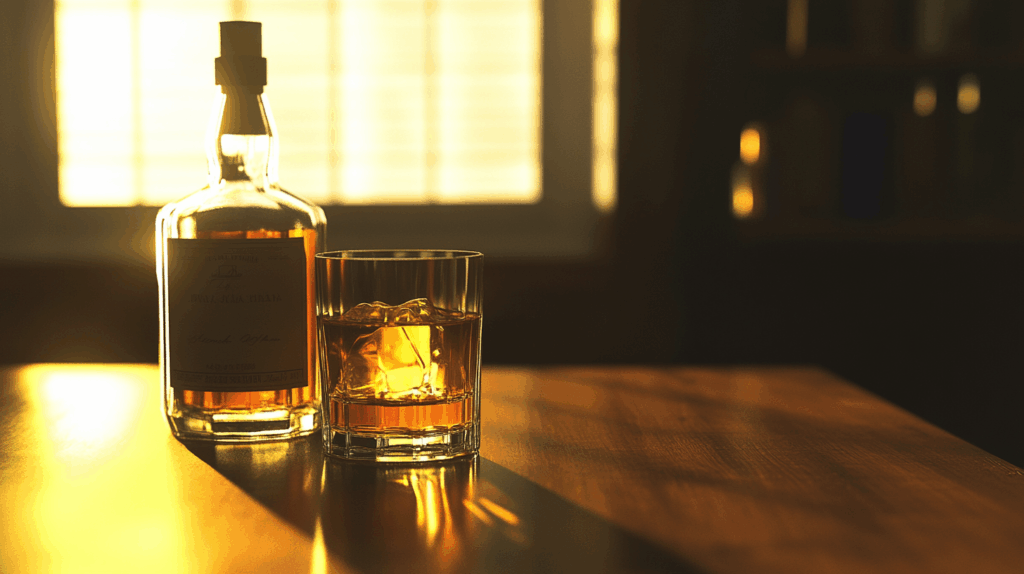
It depends on your palate. Many first-timers find bourbon or Irish whiskey easier to enjoy due to their sweetness and smoothness. Scotch, especially heavily peated ones like Islay whiskies, can be an acquired taste. Try sampling different types in a tasting flight to explore your preferences.
Tips for tasting whiskey

Tasting whiskey isn’t just about taking a sip, it’s about experiencing the aroma, flavor, and texture with all your senses. Whether you’re new to whiskey or looking to deepen your appreciation, these tips will help you make the most of every glass.
Use the right glass
A tulip-shaped glass, like a Glencairn or a copita, concentrates the aromas and directs them toward your nose. Avoid wide tumblers if you’re tasting, as they let aromas dissipate too quickly.
Look at the color
Before you even smell the whiskey, take a moment to observe its color. The shade can hint at age and cask type, deep amber often suggests sherry cask aging, while pale gold points to ex-bourbon casks.
Smell before you sip
Swirl the whiskey gently, then bring the glass to your nose. Inhale slowly and note the layers of aroma: fruit, spice, smoke, wood, or sweetness.
Sip slowly and let it sit
Take a small sip and let it coat your tongue. Give the flavors time to unfold, you may notice sweetness first, then spice or smokiness as it lingers.
Try it neat, then with water
Start by sipping neat, then add a few drops of water. Water can reveal new aromas and soften alcohol heat, especially in high-proof whiskies.
Cleanse your palate
If tasting multiple whiskeys, use water or plain crackers to reset your palate between pours and keep your senses sharp.
Take notes
Write down your impressions, what you smelled, tasted, and liked or didn’t. Over time, you’ll build a better understanding of your whiskey preferences.
Tasting whiskey is subjective, so don’t worry about “right” or “wrong” notes, what you experience is valid. The key is to be curious and take your time. Whether you’re sipping solo or sharing a dram with friends, enjoying whiskey is about more than just flavor, it’s about connection, story, and exploration.
Conclusion
Whiskey’s taste is as varied as the people who drink it. Whether you prefer the honeyed softness of Irish whiskey or the smoky bite of a single malt Scotch, there’s a style out there for every palate. Now that you know how each type tastes, you’re one sip closer to discovering your favorite.
Let your taste buds explore, one dram at a time.

